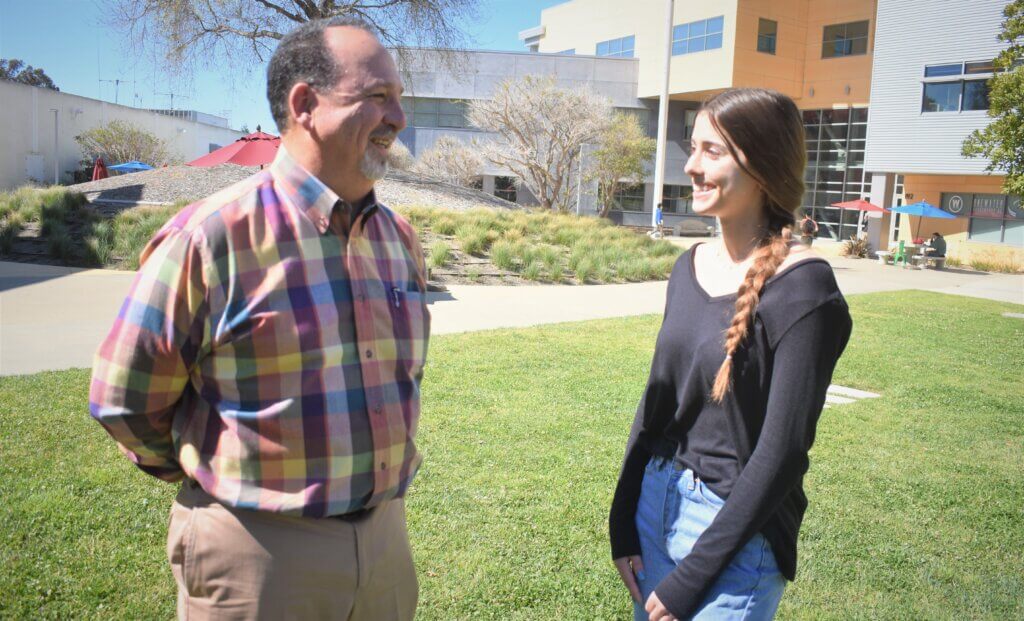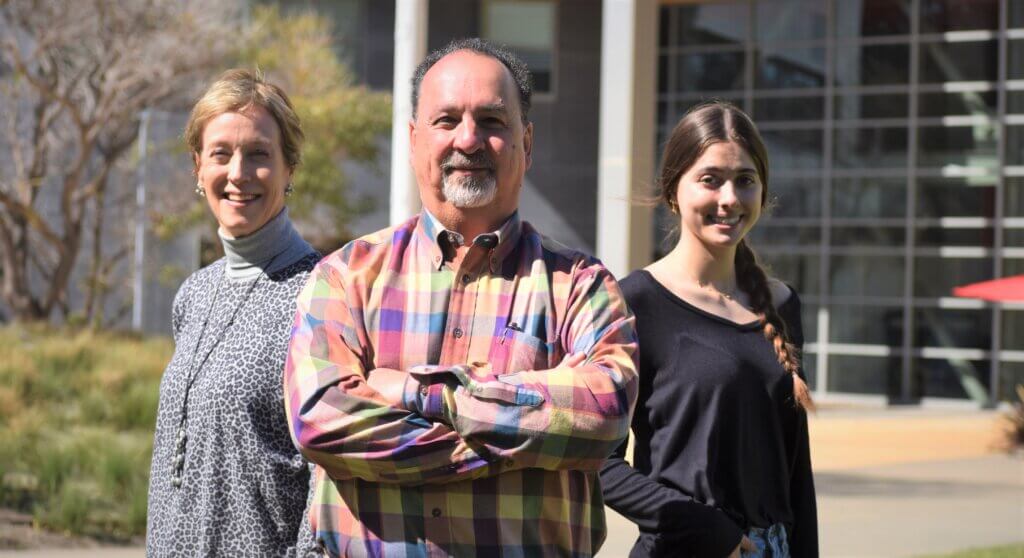With finals approaching, freshman Annabella Piercey was busy studying in her dorm room last fall when she received an unexpected email, informing her that someone had picked up the tab for most of her college tuition.
Oh my gosh, she thought. This is a lot of money! As she stared at the email in disbelief, she wondered: Is this real?
“I read it probably ten times before I called my dad,” she said.
The electrical engineering major from California’s Central Valley received a novel scholarship, sponsored by 1980 alumnus Steve Deas. Called the 1980 Tuition Scholarship, it allows Piercey to pay roughly what Deas did when he was a student.
When Deas went to school as an electrical engineering student, he said, he remembers paying $91 for tuition each quarter.
“Steve has always said how little he paid and how he feels it was a fabulous deal,” said his wife, Jane Rosenberg, who has known Deas since they were kids.

After she donated to her alma mater, UC Davis, Deas was inspired to give back to Cal Poly. And as he continued to reminisce about how low his tuition was, Elise Erb, associate director for development in the college, suggested a scholarship that paid for the difference between today’s tuition and what Deas paid.
“I thought it was a brilliant idea,” Deas said.
According to 2019 findings from the California Budget and Policy Center, CSU tuition increased by 1,360 percent since 1979, accounting for inflation. That same year, the center reported that California students graduated with more than $20,000 in debt as budget cuts nationwide shifted the cost of public higher education from the states to the students.
Piercey, who was selected from a pool of scholarship applicants, had already taken out a loan to pay for her first year.
“It’s definitely worrisome because you don’t want to have debt your whole life,” she said.
Deas, president of EandM, his family’s automation business in Healdsburg, said he too might have had to rely on loans had higher education been as expensive back in the 70s. When he was a student, his college experience was mostly subsidized by his summer jobs working as an electrician and the 20-dollar bills his grandmother included in monthly letters.
“Twenty dollars was like a 3-day weekend,” Deas said. “You could go to a movie, you could get a little something to eat,” he said. “If you had four dollars more in your pocket, you could also pay for a date.”
While driving back from their son’s home in Southern California, Steve and Jane visited campus for the first time in 12 years. That’s when they were surprised by a visit with Piercey, whom they had never met.
“It’s a great surprise,” Deas said. “I know I can’t do this for every kid, so it’s great to meet the one I could help. And maybe this will inspire others to do the same.”


